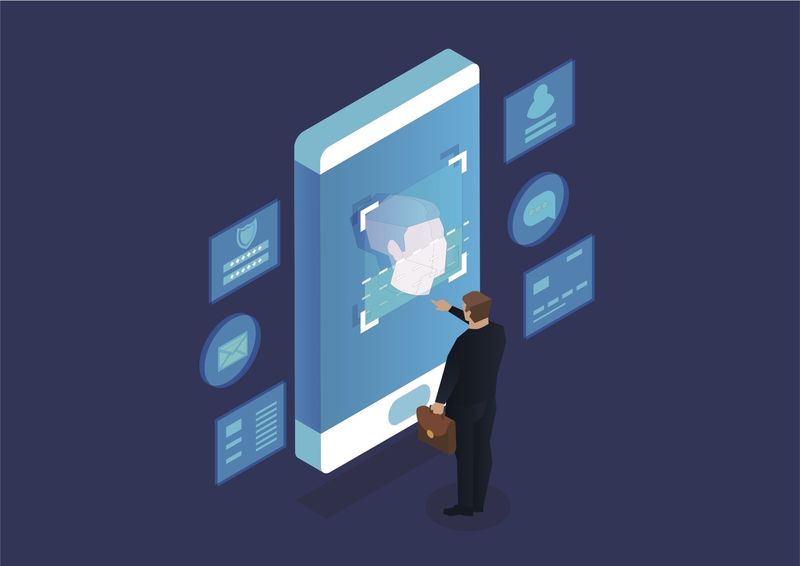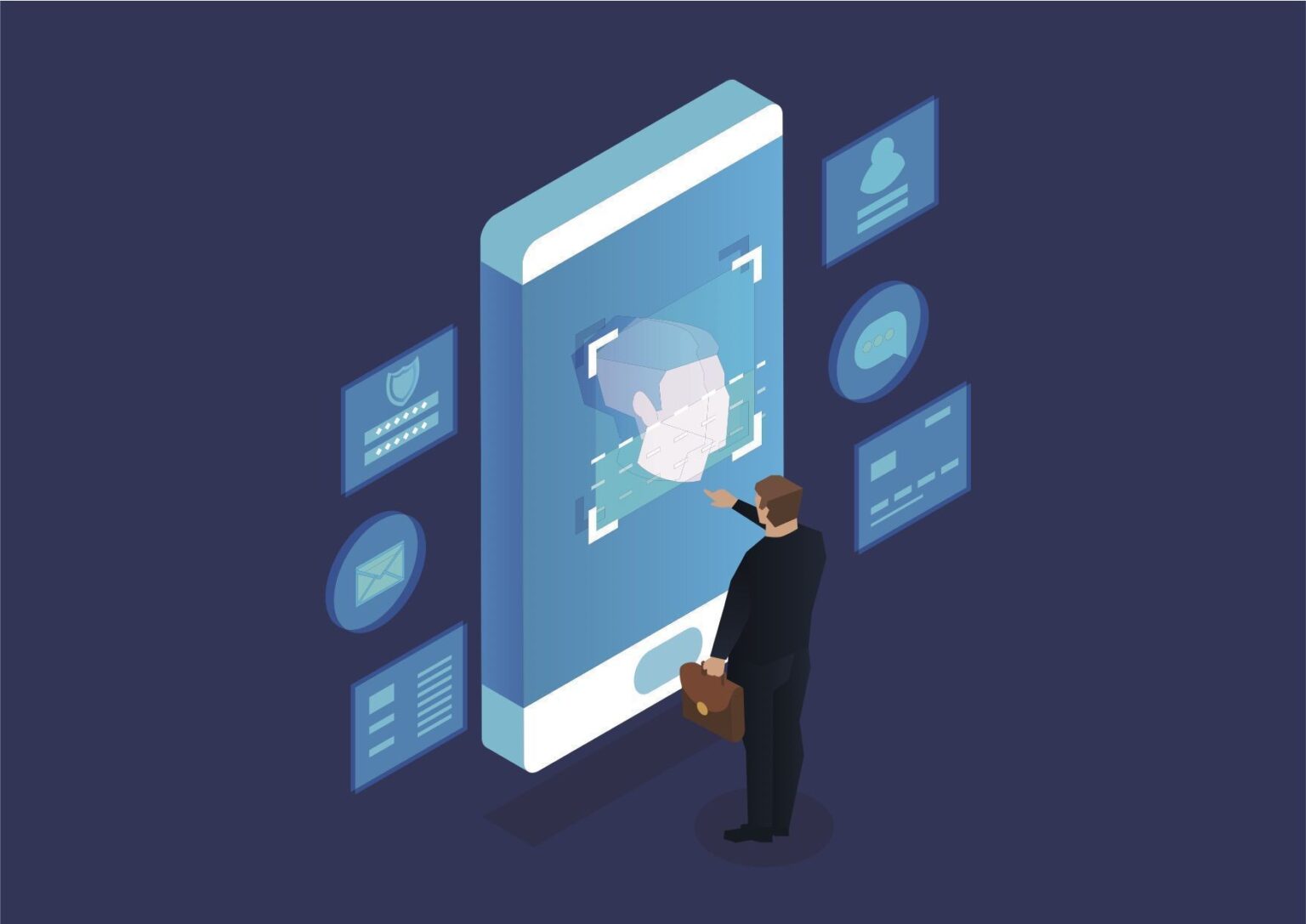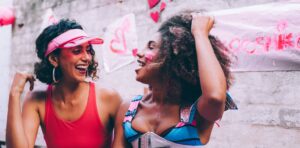Facial recognition is a system built to identify a person from an image or video. The recognition software identifies unique facial and body features and translates them into a unique ID, which is then used to link the specific features to a user and/or the user’s information.
Although the first experiments with semi-automated computer-based facial recognition were made during the mid-1960s by Woodrow Wilson Bledsoe, it has only been in the last few years that the technology has become more widespread. For example, using your face to unlock your phone or personal photo apps to automatically identify people who regularly appear in your pics. Before getting into the many different mediums for facial recognition, it’s important to understand how the process of facial recognition works. Here are three applications for facial recognition software, and a simple explanation for how they recognise or identify faces:
- Basic facial recognition: For Animoji and Instagram filters, your phone camera searches for the defining features of a face, specifically a pair of eyes, a nose and a mouth. Then, it uses algorithms to lock onto a face and determine in which direction it’s looking, if its mouth is open, etc. It’s worth mentioning that this isn’t facial identification – it’s just software looking for faces.
- Face ID and similar programmes: Upon setting up Face ID on your phone, it takes a photo of your face and measures the distance between your facial features. Then, every time you go to unlock your phone, it ‘looks’ through the camera to measure and confirm your identity.
- Identifying a stranger: When an organisation wants to identify a face for security, advertising or policing purposes, it uses algorithms to compare that face to an extensive database of faces. Theoretically, any database could be used (ID cards, Facebook profiles), but a database of clear, pre-identified photos is ideal.
How it works
Facial analysis software allows users to understand where faces exist in an image or video, as well as the attributes of those faces. For example, the software analyses attributes such as how far apart your eyes are, what colour they are, what your mood is, what colour your hair is and what the visual geometry of your face is. The tools work by offering a confidence score that they are correct in their assumption. In other words, they predict how accurate they think their assumption is. The machine learning algorithms are trained on datasets of hundreds of thousands of images and continuously improve as more data is added and more faces are analysed.

Facial recognition systems involve the identification of people from a database of images, including still photographs and video. Use of deep learning – a subset of AI – speeds up a system’s face-scanning capability, as it learns more about the data it is processing. These systems require vast amounts of information to become faster and more accurate at doing its job. These systems generate a so-called ‘unique face print’ for each subject by reading and measuring dozens to thousands of ‘nodal points’, including the distance between eyes, the width of a person’s nose and the depth of the eye socket. With a network of surveillance cameras, recognition systems process a wider range of features, including height, age and colour of clothes.
On the iPhone, the built-in camera can analyse more than 30,000 infrared dots and create a crude 3D model of a user’s face. That was designed to adapt for changes in a user’s appearance, such as wearing cosmetic make-up against various lighting conditions, or wearing a hat, scarf, glasses or contact lens, according to information from Apple’s website.
Facial recognition practical applications
The security market is led by increased activity to combat crime and terrorism. The benefits of facial recognition systems for policing are evident: detection and prevention of crime. Facial recognition is used when issuing identity documents and most often combined with other biometric technologies such as fingerprints. Face match is used at border checks to compare the portrait on a digitised biometric passport with the holder’s face.
Face biometrics can also be employed in police checks although its use is rigorously controlled in Europe. In 2016, the ‘man in the hat’ responsible for the Brussels terror attacks was identified thanks to FBI facial recognition software. The South Wales Police implemented it at the UEFA Champions League Final in 2017.
Drones combined with aerial cameras offer an interesting combination for facial recognition applied to large areas during mass events for example. Some hovering drone systems can carry a 10-kilo camera lens that can identify a suspect from 800 metres from a height of 100 metres. As the drone can be connected to the ground via a power cable, it has an unlimited power supply. The communication to ground control can’t be intercepted as it also uses a cable.
Know your Customer (KYC) is one of the biggest trends throughout marketing and retail and is being combined with the latest marketing advances in customer experience. KYC is the process whereby a business verifies the identity of its clients and assesses their suitability, along with the potential risks of illegal intentions towards the business relationship. By placing cameras in retail outlets, it is now possible to analyse the behaviour of shoppers and improve the customer purchase process. The store’s sales staff are provided with customer information taken from their social media profiles to produce expertly customised responses. A number of stores through the US have started implementing this technology, such as Amazons retail outlet, Amazon Go!



